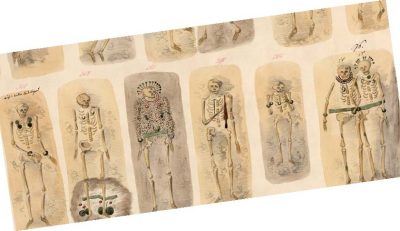Lazaridis, I., Alpaslan-Roodenberg, S., Acar, A., Açıkkol, A., Agelarakis, A., Aghikyan, L., Akyüz, U., Andreeva, D., Andrijašević, G., Antonović, D., Armit, I., Atmaca, A., Avetisyan, P., Aytek, A.İ., Bacvarov, K., Badalyan, R., Bakardzhiev, S., Balen, J., Bejko, L., Bernardos, R., Bertsatos, A., Biber, H., Bilir, A., Bodružić, M., Bonogofsky, M., Bonsall, C., Borić, D., Borovinić, N., Bravo Morante, G., Buttinger, K., Callan, K., Candilio, F., Carić, M., Cheronet, O., Chohadzhiev, S., Chovalopoulou, M.-E., Chryssoulaki, S., Ciobanu, I., Čondić, N., Constantinescu, M., Cristiani, E., Culleton, B.J., Curtis, E., Davis, J., Demcenco, T.I., Dergachev, V., Derin, Z., Deskaj, S., Devejyan, S., Djordjević, V., Duffett Carlson, K.S., Eccles, L.R., Elenski, N., Engin, A., Erdoğan, N., Erir-Pazarcı, S., Fernandes, D.M., Ferry, M., Freilich, S., Frînculeasa, A., Galaty, M.L., Gamarra, B., Gasparyan, B., Gaydarska, B., Genç, E., Gültekin, T., Gündüz, S., Hajdu, T., Heyd, V., Hobosyan, S., Hovhannisyan, N., Iliev, I., Iliev, L., Iliev, S., İvgin, İ., Janković, I., Jovanova, L., Karkanas, P., Kavaz-Kındığılı, B., Kaya, E.H., Keating, D., Kennett, D.J., Deniz Kesici, S., Khudaverdyan, A., Kiss, K., Kılıç, S., Klostermann, P., Kostak Boca Negra Valdes, S., Kovačević, S., Krenz-Niedbała, M., Krznarić Škrivanko, M., Kurti, R., Kuzman, P., Lawson, A.M., Lazar, C., Leshtakov, K., Levy, T.E., Liritzis, I., Lorentz, K.O., Łukasik, S., Mah, M., Mallick, S., Mandl, K., Martirosyan-Olshansky, K., Matthews, R., Matthews, W., McSweeney,…



